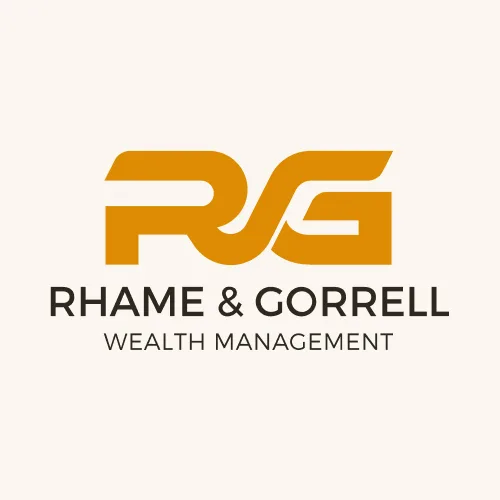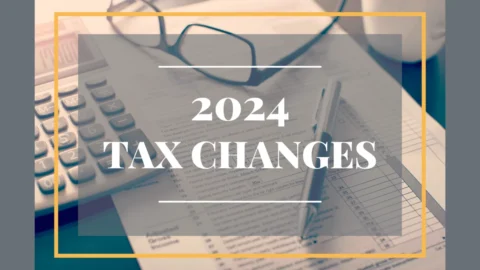Qualified Charitable Distributions
Learn The Tax Benefits of Directing Your RMDs To Charity
What is a QCD:
Once you turn 72 (70 ½ if you were born before June 30, 1949), you must take a minimum withdrawal from your retirement accounts each year. This is known as the Required Minimum Distribution (RMD). RMDs apply to traditional IRAs, SEP IRAs, SIMPLE IRAs, 401(k) plans, 403(b) plans, 457(b) plans, profit-sharing plans, and other defined contribution plans*. Your RMD is calculated based on a percent of the ending value in your retirement accounts at the end of the calendar year**. These RMDs can cause higher than average tax bills for our clients who have spent their careers diligently saving in these types of retirement accounts. One common way to combat the tax bill caused by taking your yearly RMD is by making a Qualified Charitable Distribution (QCD).
A QCD is a distribution from a retirement account sent directly from your retirement plan custodian to a qualified charity. QCDs allow you to kill two birds with one stone. This is achieved because QCDs will enable you to make a charitable donation using part or all of your annual RMD. In addition to the benefits of giving to charity, a QCD excludes the amount donated from taxable income.
How to Make a QCD:
There are a few requirements for making a proper QCD:
- You must be of RMD age 72 (70 ½ if you were born before June 30, 1949)
- Your QCD must be sent directly to a 501(c)(3) charitable organization eligible to receive tax-deductible contributions. Some charities not eligible for QCDs are private foundations, donor-advised funds, and supporting organizations.
- QCDs are limited to $100,000 per person and cannot be added together for couples filing jointly (this is to say, if you are married, you cannot take a $150,000 QCD from your accounts and have your spouse take a $50,000 QCD).
- Any amount donated above your RMD does not count toward satisfying a future year’s RMD.
- QCDs must be made before December 31 of a calendar year to count towards that year’s RMD.
- Contributing to one of the specified QCD accounts or plans listed above during RMD age might reduce the QCD amount you may deduct.
* It is important to note that Roth IRA and Roth 401(k) plans are not included in this list since the funds in these accounts are tax-free when they are withdrawn
** If you have multiple retirement accounts that require an RMD, you can pull distributions from all of them to fulfill your RMD requirement. You have fulfilled the requirement as long as the total amount of distributions from these accounts is equal to or greater than your RMD.
***Please note that QCDs are only permitted for RMDs on IRA accounts and are not permitted for RMDs related to 401Ks
How to show a QCD on your tax return:
Displaying a QCD on your tax return can sometimes be tricky and, if not communicated correctly to your CPA, could result in you missing out on the tax benefits of making this distribution. At the beginning of every year, you will receive a 1099-R from each of your retirement accounts from which you made a distribution in the past year. This 1099-R shows the total amount distributed to you in Box 1 and the total taxable amount of the distribution in Box 2. If you made a QCD in the prior year, it would be included in Box 1 and Box 2 of your 1099-R. You will need to communicate with your CPA what amount was a QCD from each retirement account.
This will signal what amount needs to be removed from Box 2 of your 1099-R. This will then be represented on your tax return as the QCD amount included on line 5a (total pensions and annuities) but excluded from line 5b (taxable amount of pensions and annuities). Be prepared to show support for the QCD number you give to your CPA. Things you can provide to your CPA as support are the distribution form, the donation acknowledgment from the charity receiving the funds, or a picture of the distribution check if a physical check was given. Remember that CPAs are not mind readers and will need to be notified if you made a QCD in the prior year. If you have any questions about relaying QCD information to your CPA, please let us know, and we would be happy to contact them on your behalf.
Need Some Help?
If you’d like some help from one of our CPAs or CERTIFIED FINANCIAL PLANNER (CFP®) advisors regarding this strategy and how it applies to you, the Rhame & Gorrell Wealth Management team is here to help.
Our experienced Wealth Managers facilitate our entire suite of services including financial planning, investment management, tax optimization, estate planning, and more to our valued clients.
Feel free to contact us at (832) 789-1100, [email protected], or click the button below to schedule your complimentary consultation today.
IMPORTANT DISCLOSURES:
Corporate benefits may change at any point in time. Be sure to consult with human resources and review Summary Plan Description(s) before implementing any strategy discussed herein.Rhame & Gorrell Wealth Management, LLC (“RGWM”) is an SEC registered investment adviser with its principal place of business in the State of Texas. Registration as an investment adviser is not an endorsement by securities regulators and does not imply that RGWM has attained a certain level of skill, training, or ability. This material has been prepared for informational purposes only, and is not intended to provide, and should not be relied on for, tax, legal or accounting advice. You should consult your own CPA or tax professional before engaging in any transaction. The effectiveness of any of the strategies described will depend on your individual situation and should not be construed as personalized investment advice. Past performance may not be indicative of future results and does not guarantee future positive returns.
For additional information about RGWM, including fees and services, send for our Firm Disclosure Brochures as set forth on Form ADV Part 2A and Part 3 by contacting the Firm directly. You can also access our Firm Brochures at www.adviserinfo.sec.gov. Please read the disclosure brochures carefully before you invest or send money.













